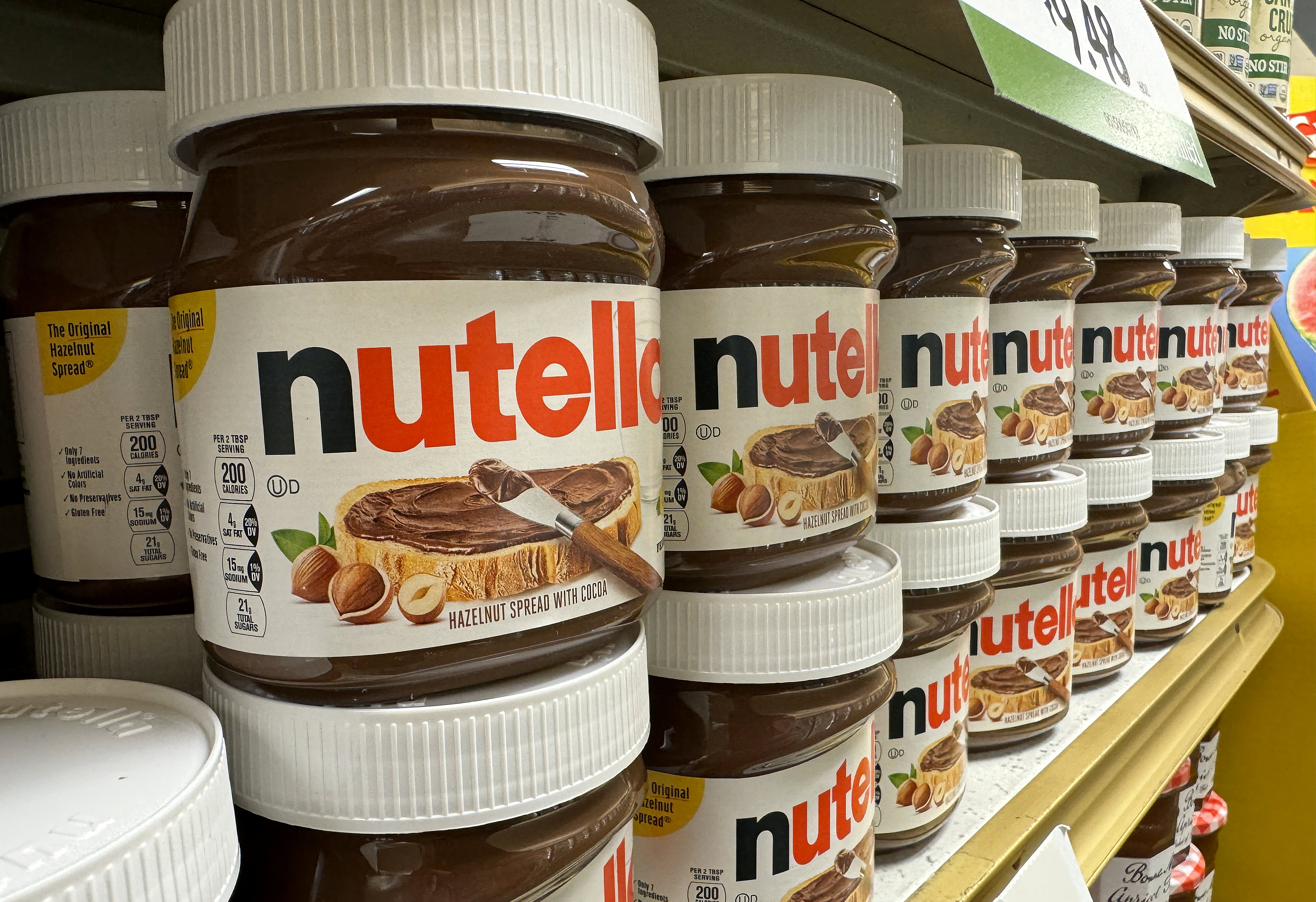
The Sweet Invasion: How Ferrero Conquered America’s Candy Market
Picture this: a dimly lit detective’s office, stacks of candy wrappers strewn across the desk, and a half-eaten Ferrero Rocher squashed under a case file labeled “U.S. Sugar Heist.” Dude, if there’s one thing more addictive than true crime podcasts, it’s watching Italian confectionery giant Ferrero quietly—and deliciously—dominate the American candy scene. From Nutella-stuffed breakfasts to Tic Tac-fueled office gossip, Ferrero’s strategic moves read like a masterclass in sugar-coated espionage. Seriously, how did a company founded in post-war Italy become the third-largest candy player in the U.S.? Let’s dig in.
Acquisition Spree: The Chocolate Hostile Takeover
Ferrero didn’t just waltz into the U.S. market—it *bought* its way in. In 2015, the company snagged Thorntons Plc, a British chocolatier with a century of heritage, like a sleuth swiping evidence. But the real plot twist came in 2018: Ferrero dropped $2.8 billion to acquire Nestlé’s U.S. candy biz, absorbing iconic brands like Butterfinger and Baby Ruth. Overnight, Ferrero went from “that fancy European chocolate” to a heavyweight contender against Hershey and Mars. Talk about a sugar rush of market share.
But here’s the kicker: Ferrero didn’t just hoard brands like a candy dragon sitting on gold. It *adapted* them. Baby Ruth partnered with the Cincinnati Reds, tapping into America’s nostalgia for baseball and peanut-cluster bars. Meanwhile, Crunch and 100 Grand got a glow-up under Ferrero’s quality-focused umbrella. This wasn’t just shopping—it was strategic assimilation.
Innovation or Infiltration? The American Makeover
Ferrero’s real genius? Playing culinary double agent. The company tweaked its European formulas to seduce U.S. taste buds. Ferrero Rocher, once a dainty spherical delicacy, morphed into *squares*—because Americans like their treats “bigger, bolder, and preferably shovelable.” Nutella got a peanut butter variant (obviously), and Tic Tac released a Dr Pepper flavor, because nothing says “America” like breath mints that taste like soda.
Even Ferrero’s manufacturing moves reek of calculated charm. In 2021, the company broke ground on its first U.S. chocolate factory in Illinois, a 70,000-square-foot shrine to Crunch bars and seasonal treats. Why? Because nothing wins hearts like local jobs and a steady supply of chocolate that doesn’t melt in transit.
The Ethical Sugar High: CSR as a Trojan Horse
Here’s where Ferrero outsmarts the competition: it wrapped its expansion in a shiny CSR bow. The company’s commitment to sustainable cocoa sourcing and fair labor practices isn’t just PR fluff—it’s catnip for ethically minded millennials. While Hershey grapples with child labor lawsuits, Ferrero positions itself as the “woke” candy conglomerate, leveraging sustainability to justify its acquisitions. Clever, right?
The Verdict: A Masterclass in Market Domination
Ferrero’s U.S. playbook is a trifecta of acquisitions, innovation, and optics. It bought legacy brands but made them cooler, tailored products to local cravings, and masked corporate growth with feel-good ethics. The result? A loyal consumer base that sees Ferrero as both indulgent and *responsible*—a unicorn in the candy world.
So next time you unwrap a Butterfinger or lick Nutella off a spoon, remember: you’re not just eating candy. You’re consuming a meticulously executed, decades-long strategy. Case closed, my sweet-toothed friends. Now, who’s up for a Dr Pepper Tic Tac?

